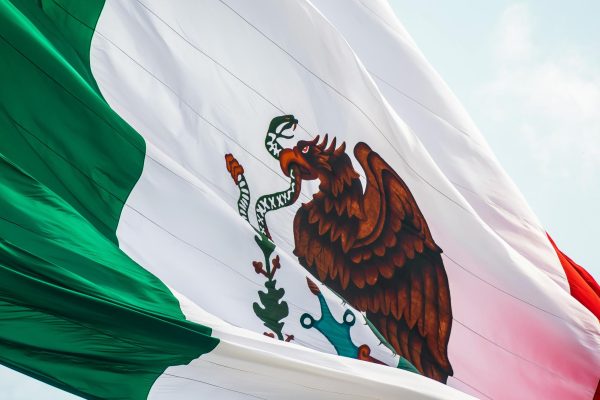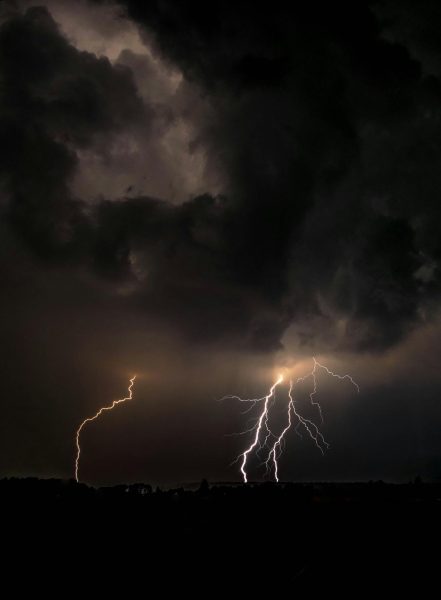Chinese New Year–The Forgotten Holiday
February 3, 2014
The eve of Lunar New Year dawned on January 31, 2014, sparking an emergence of fervent festivities all around the world to celebrate the Year of the Horse. On Long Island, the Confucius Institute of Stony Brook University held its annual festival of exhibiting traditional dances on February 2; Greenport High School convened a performance of Chinese Acrobatics by renowned Li Liu on February 1; and yet, Ward Melville has never held an event to observe the Chinese New Year.
In the past, Ward Melville has celebrated cultural events such as “Spanish Heritage Night” in the autumn season, although not many more. In the Chinese calendar, the most important celebration is Chinese New Year, certainly worthy of recognition by Ward Melville. Amanda Liu commented, “I know the kids in elementary schools participate in arts and crafts related to Chinese New Year by making paper dragons, so I’m not sure why our high school doesn’t do anything to celebrate this holiday.”
Celebrations of Chinese New Year in China embody a time of family reunion for feasts and enjoyment of lion dances and fireworks. At a celebration, people decorate red paper with poetry, wear red clothing, and gift money in red envelopes to children. “I went to China during the New Year when I was a kid,” said Alice Liu. “I don’t remember much except being excited about all the fireworks and festivities everywhere.”
Each Chinese New Year reflects a relation to an animal and its putative attributes reckoned by a 12-year cycle, known as the Chinese Zodiac. It is believed that those born in a year associated with an animal acquire the characteristics of that particular animal. This Chinese New Year marks the Year of the Horse, a very hardworking, ambitious, and intelligent animal. The mythology and traditions that source the annual celebrations of Chinese New Year are important components to Chinese culture. Demonstrating these beautiful aspects of the holiday to a high school environment is paramount in providing a diverse, intellectually stimulating atmosphere.
It’s not too late to bring about an observance for the Chinese New Year at Ward Melville; the celebrations of the holiday end on the 15th day of the New Lunar Year—February 14—with The Lantern Festival. Also known as Chap Goh Mei in China, the Lantern Festival encompasses streets teemed with paper lanterns and riddles. All the lanterns are colored red, a symbol of good fortune, wealth, and happiness. Perhaps Ward Melville could demonstrate the significance of this holiday by vitalizing its halls with red lanterns and couplets.









